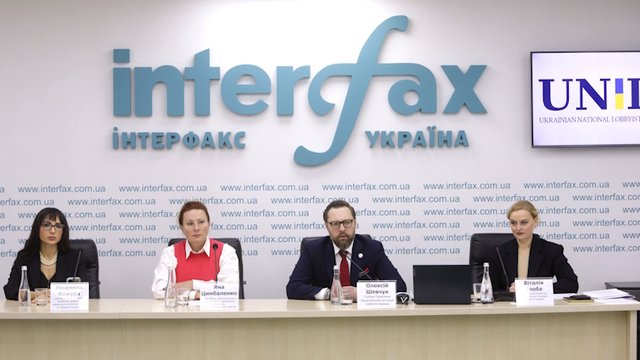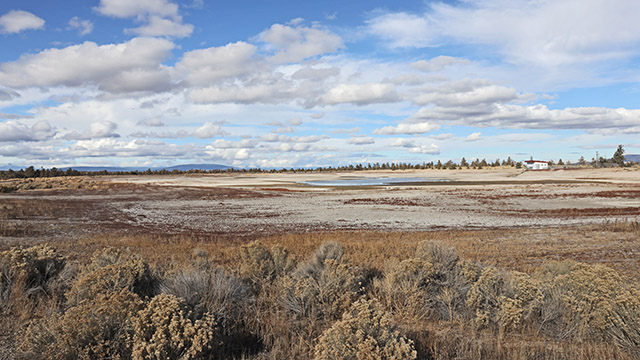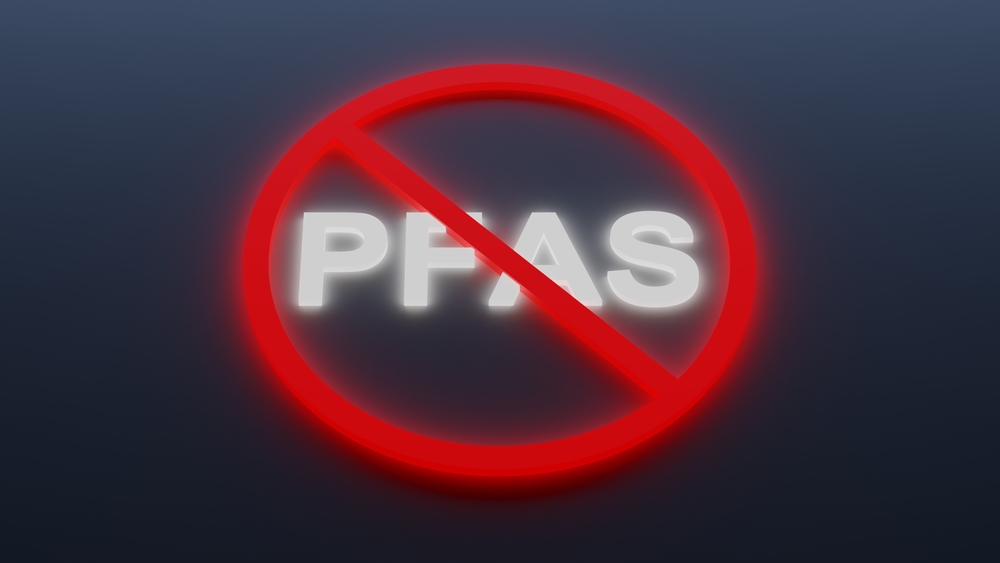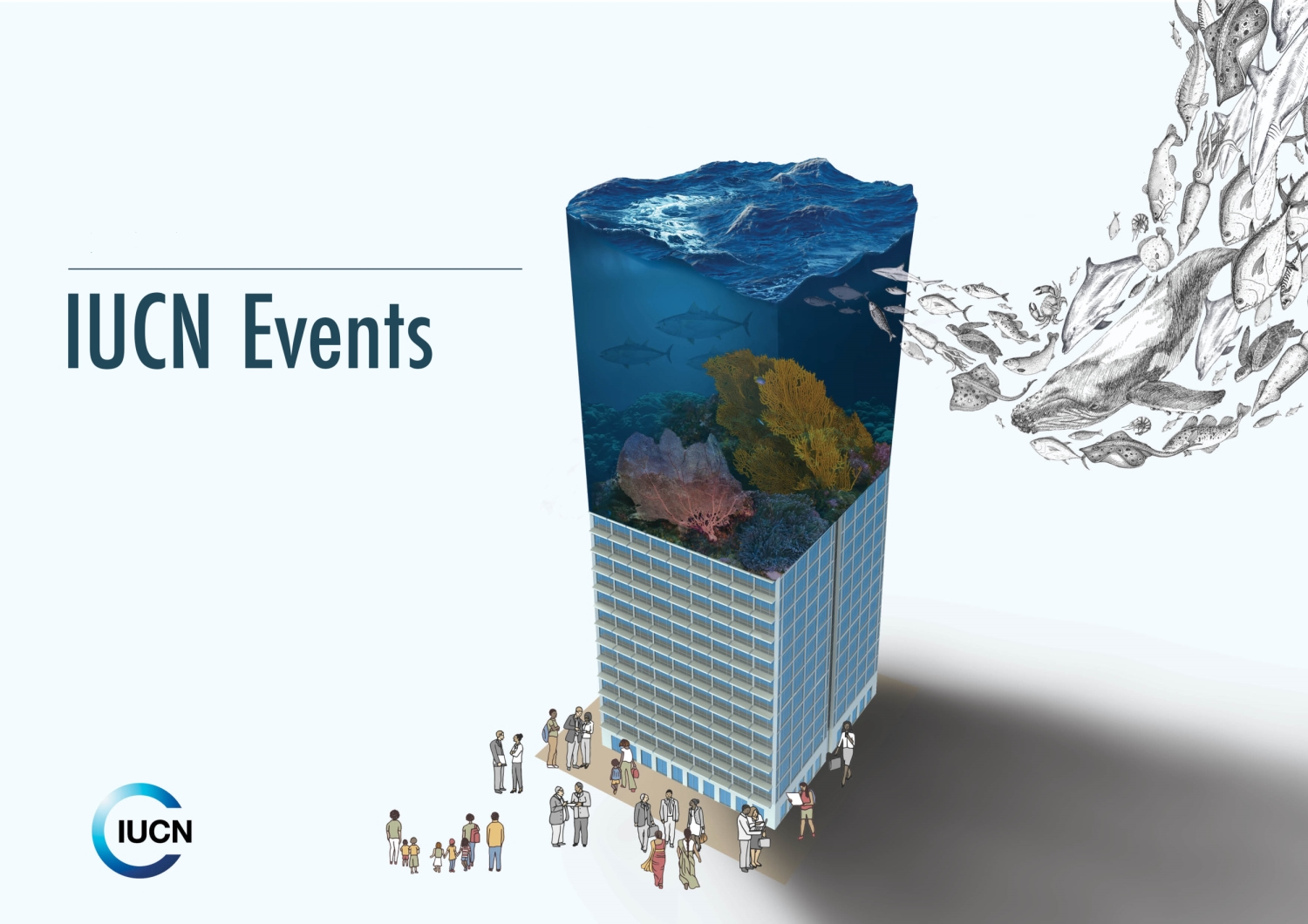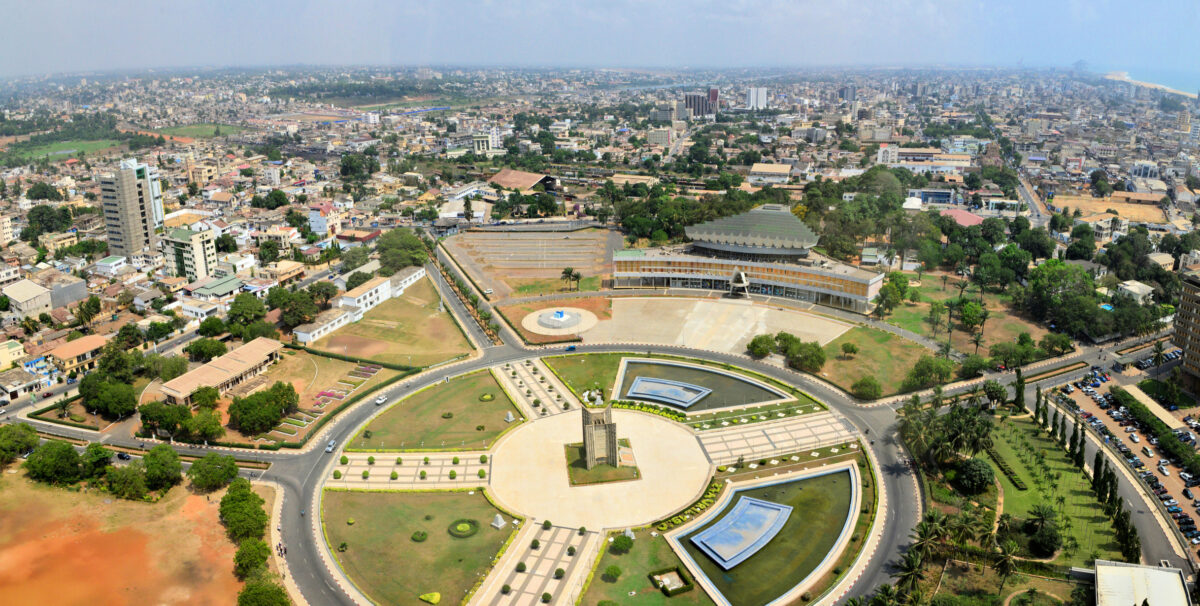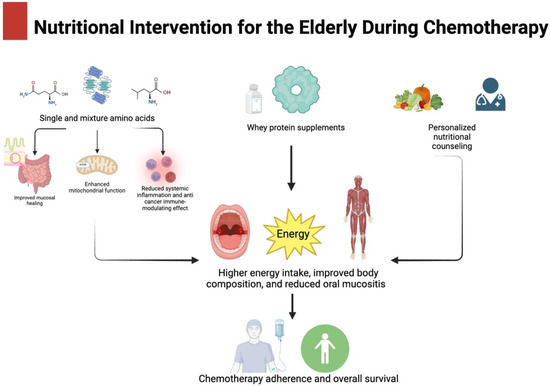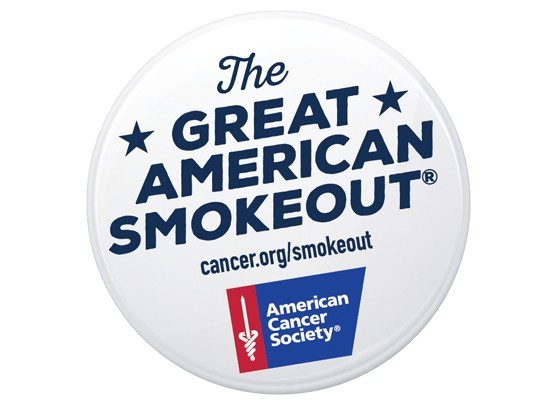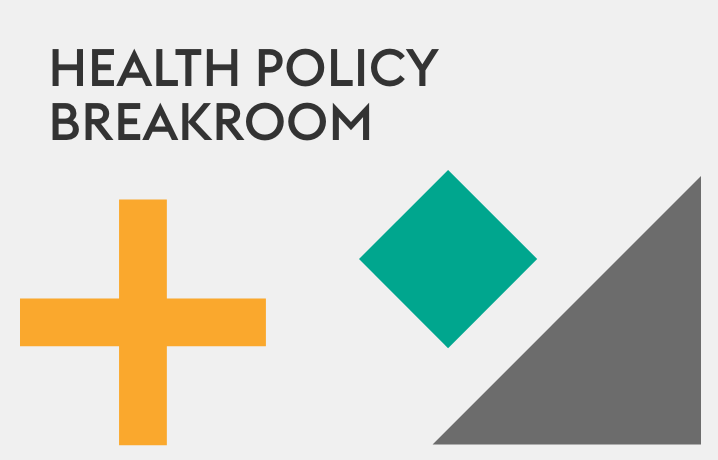Central American Sportfishing Alliance Expands Drive for Marine Conservation – The Tico Times

Report on the Central American Sportfishing Alliance (CASA) and its Contribution to Sustainable Development Goals
Executive Summary
The Central American Sportfishing Alliance (CASA) has announced significant new global partnerships, reinforcing its commitment to leveraging sportfishing as a vehicle for sustainable development. These alliances, revealed at the ICAST 2025 trade show, are poised to advance key United Nations Sustainable Development Goals (SDGs), particularly in the areas of marine conservation, economic growth, and global cooperation. This report outlines the strategic nature of these partnerships and their direct impact on achieving SDG targets in coastal communities across Central America.
Strategic Alliances for Global Goals
Fostering SDG 17: Partnerships for the Goals
CASA’s expansion exemplifies the power of SDG 17 (Partnerships for the Goals) by uniting diverse stakeholders to achieve common objectives. The new partnerships create a robust network dedicated to sustainable practices and shared prosperity. The newly integrated organizations include:
- International Game Fish Association (IGFA): A key partner for advancing SDG 14 (Life Below Water) through its focus on ethical sportfishing and marine science.
- Guy Harvey Enterprise: Supports SDG 14 through its extensive work in ocean conservation, research, and public education.
- Sport Fishing Championship (SFC): Provides a platform to promote sustainable tourism and economic activity, contributing to SDG 8 (Decent Work and Economic Growth).
- Crocodile Bay Resort (Costa Rica): A model for sustainable tourism operations, directly aligning with SDG 12 (Responsible Consumption and Production) and SDG 8.
- Nauthical Pathfinder (US): Expands the reach of sustainable sportfishing charters, promoting responsible tourism that benefits local economies (SDG 8).
- Limitless Fishing Brands (US): Contributes to SDG 12 by providing high-quality, sustainable fishing gear, encouraging responsible production and consumption within the industry.
Socio-Economic and Environmental Impact
Advancing SDG 8: Decent Work and Economic Growth & SDG 1: No Poverty
The sportfishing industry is a significant economic engine in Central America, contributing over $500 million annually. This directly supports SDG 8 (Decent Work and Economic Growth) by creating thousands of jobs in tourism, marine services, and conservation. By providing stable livelihoods in coastal communities, this economic activity is a critical tool for achieving SDG 1 (No Poverty), offering a sustainable pathway out of economic hardship.
Championing SDG 14: Life Below Water
CASA’s core mission is intrinsically linked to SDG 14 (Life Below Water). The alliance’s model is built on the principle that a healthy marine environment is essential for a thriving sportfishing industry. This is achieved through:
- Promoting catch-and-release and other ethical fishing practices.
- Integrating citizen-driven science to monitor and protect marine ecosystems.
- Advocating for policies that ensure the long-term health of marine resources.
- Partnering with conservation leaders like IGFA and Guy Harvey to advance marine science and education.
Future Directives and Regional Collaboration
Framework for Continued Progress
For the second half of 2025, CASA will develop a comprehensive work plan focused on maximizing its contribution to the SDGs. The plan will prioritize the following areas:
- Research and Data Collection: Enhancing citizen-science programs to provide critical data for marine management, directly supporting evidence-based conservation efforts under SDG 14.
- Policy Advocacy: Working with governments to create a regulatory framework that supports sustainable sportfishing, economic growth, and marine protection, aligning with targets under SDG 8 and SDG 14.
- Regional Collaboration: Strengthening the network across its five active countries to share best practices and scale successful models, reinforcing the collaborative spirit of SDG 17.
By formalizing these strategic initiatives, CASA is solidifying its role as a leader in using sportfishing as a cornerstone for sustainable coastal development and marine conservation in Central America and beyond.
Analysis of Sustainable Development Goals in the Article
1. Which SDGs are addressed or connected to the issues highlighted in the article?
The article highlights issues and initiatives that are directly connected to the following Sustainable Development Goals (SDGs):
- SDG 14: Life Below Water: The core mission of the Central American Sportfishing Alliance (CASA) is to use sportfishing as a “driver for marine conservation.” The article discusses protecting marine ecosystems, advancing conservation science, and ensuring the sustainability of marine resources, which are central themes of SDG 14.
- SDG 8: Decent Work and Economic Growth: The article explicitly states that sportfishing “contributes more than $500 million annually to Central America’s economy and supports thousands of jobs in tourism, boating, conservation, and coastal services.” This directly addresses the goal of promoting sustained, inclusive, and sustainable economic growth and productive employment.
- SDG 17: Partnerships for the Goals: The entire article is about the formation and strengthening of partnerships. It details how CASA, an alliance itself, is expanding its network by adding international organizations, private sector companies, and local federations to achieve its conservation and economic goals. This embodies the spirit of SDG 17, which focuses on multi-stakeholder partnerships for sustainable development.
2. What specific targets under those SDGs can be identified based on the article’s content?
Based on the article’s content, the following specific SDG targets can be identified:
- Target 14.2: By 2020, sustainably manage and protect marine and coastal ecosystems to avoid significant adverse impacts.
- Explanation: CASA’s mission to use sportfishing for “marine conservation” and its partnership with the IGFA, a “global authority on ethical sportfishing and marine science,” directly support the sustainable management and protection of marine ecosystems.
- Target 14.7: By 2030, increase the economic benefits to Small Island developing States and least developed countries from the sustainable use of marine resources, including through sustainable management of fisheries, aquaculture and tourism.
- Explanation: The article highlights that sportfishing contributes over “$500 million annually” to the economies of Central American countries and supports jobs. This demonstrates an increase in economic benefits derived from the sustainable use of marine resources through tourism.
- Target 8.9: By 2030, devise and implement policies to promote sustainable tourism that creates jobs and promotes local culture and products.
- Explanation: The article describes sportfishing as a form of sustainable tourism that “supports thousands of jobs” and is integral to the “livelihood and culture” of coastal communities in Honduras. CASA’s work to promote this industry aligns with this target.
- Target 17.17: Encourage and promote effective public, public-private and civil society partnerships, building on the experience and resourcing strategies of partnerships.
- Explanation: The formation of CASA and its expansion to include new partners like the IGFA (civil society), Guy Harvey Enterprise (private sector), and Crocodile Bay Resort (private sector) is a clear example of a multi-stakeholder partnership aimed at achieving sustainable development.
3. Are there any indicators mentioned or implied in the article that can be used to measure progress towards the identified targets?
Yes, the article mentions both direct and implied indicators that can be used to measure progress:
- Economic Contribution of Sustainable Tourism: The article provides a specific quantitative indicator: “more than $500 million annually” contributed by sportfishing to the Central American economy. This can be used to track progress for Target 14.7 and Target 8.9.
- Job Creation in Coastal Communities: The article mentions that the industry “supports thousands of jobs in tourism, boating, conservation, and coastal services.” The number of jobs created and supported is a key indicator for Target 8.9.
- Formation of Multi-Stakeholder Partnerships: The number and diversity of new partners are explicitly mentioned. The article lists six new high-profile organizations joining CASA, which serves as an indicator for Target 17.17.
- Advancement of Conservation Science: An implied indicator is the development of research and science-based initiatives. The article states that the alliances will “advance conservation science” and that CASA’s future work plan will focus on “research, policy advocacy, and regional collaboration.” The output of this research can be measured.
4. Table of SDGs, Targets, and Indicators
| SDGs | Targets | Indicators |
|---|---|---|
| SDG 14: Life Below Water |
14.2: Sustainably manage and protect marine and coastal ecosystems.
14.7: Increase economic benefits from the sustainable use of marine resources. |
– Advancement of conservation science and citizen-driven science initiatives.
– Economic contribution of sportfishing to the regional economy ($500 million annually). |
| SDG 8: Decent Work and Economic Growth | 8.9: Promote sustainable tourism that creates jobs and promotes local culture. |
– Number of jobs supported in tourism and coastal services (“thousands of jobs”). – Annual economic contribution of the sportfishing industry ($500 million). – Recognition and promotion of sportfishing as part of local “livelihood and culture.” |
| SDG 17: Partnerships for the Goals | 17.17: Encourage and promote effective public, public-private and civil society partnerships. |
– Number and diversity of new partners in the alliance (e.g., IGFA, Guy Harvey Enterprise, SFC). – Expansion of the alliance’s network across multiple countries (active in five countries). |
Source: ticotimes.net

What is Your Reaction?
 Like
0
Like
0
 Dislike
0
Dislike
0
 Love
0
Love
0
 Funny
0
Funny
0
 Angry
0
Angry
0
 Sad
0
Sad
0
 Wow
0
Wow
0

















